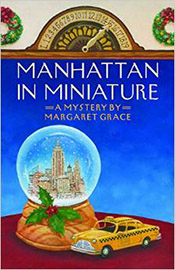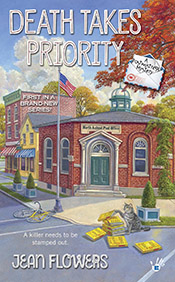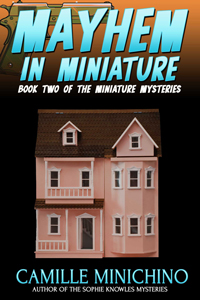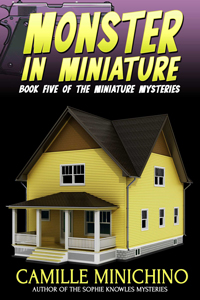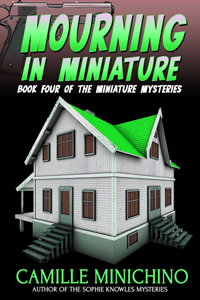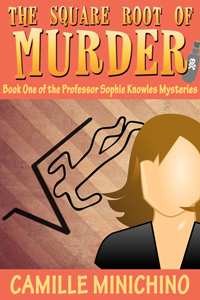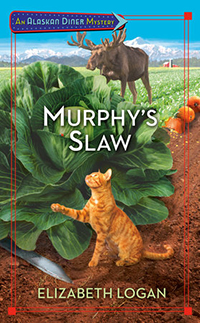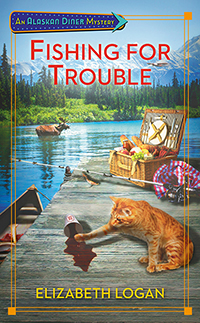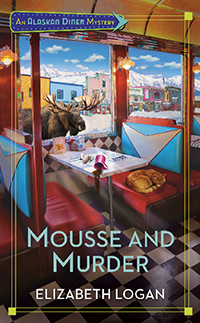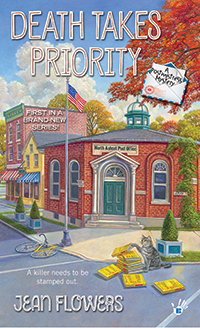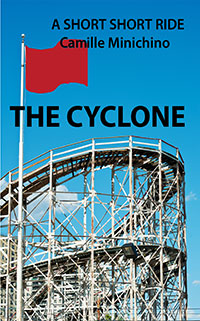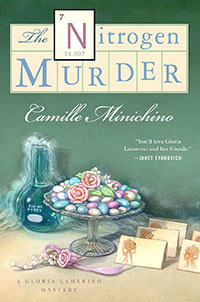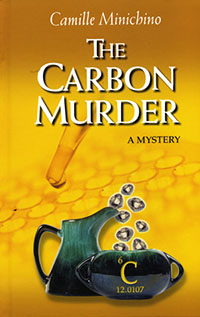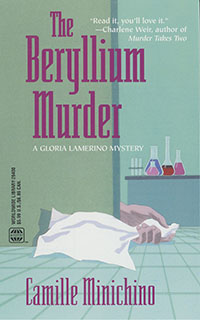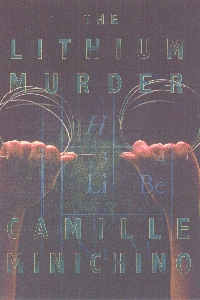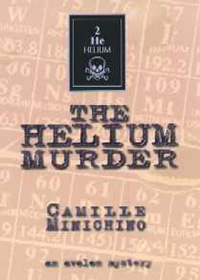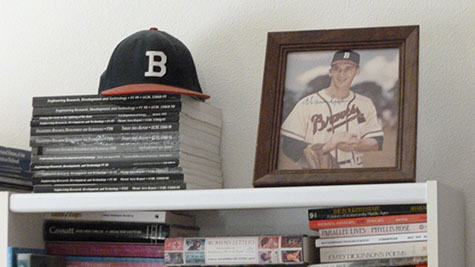
Souvenir from my fan days, c. 1952
A few weeks ago on the LadyKillers blog we were asked to take on the topic: “IF I RULED THE WORLD.”
I thought they’d never ask. Now I’m pretending that you Real Me readers have also asked.
I could take a tip from all the partial Miss America interviews I’ve heard before I could reach the mute button, and call for world peace and more money for homeless shelters. Or I could indulge myself in the fantasy of complete science literacy for every child and adult.
But those are unrealistic goals. So I’m choosing a goal well within reach:
FREE SPORTS TICKETS FOR ALL GAMES, FOR EVERYONE, EVERY DAY!
See, how easy is that? Of course, this means that no one would be paid for playing (hello!). People could still play, to their hearts’ content, but they be paid only at their day jobs, like the rest of us. Fans could watch, balls could be signed, and popcorn eaten. Selfies with the cute guys in uniforms would still be encouraged. Possibly even little tip jars could be available at the gates, to defray costs of equipment, in case the players‘ day jobs were, say, minimum wage, like those of some artists and writers.
Here’s a sampling of the way it is now for sports players:
• an NFL cornerback (what is that even?) recently agreed to a five-year, $70 million contract;
• a hockey player signed for $14 million;
• a starting pitcher for one team makes (can’t bring myself to say earns) $4,275,000 for 1 year of playing;
• another pitcher in the south signed a contract for $210,000,000 over seven years. $30,000,000 a year!
An author friend recently blogged about this last contract, breaking it down by inning. The player pitched an average of 210 innings a season, so he makes roughly $140,000 for every inning he “works”.
The average teacher’s salary in the same state is about one third that: $50,000 for the whole year.
Is this the fault of the ancient Greeks, who honored their athletes often at the same level as their gods? I wonder how much the Greeks paid their teachers back in 100 AD?
A Mystery
Maybe someone in those jam-packed gyms can explain this to me. A basketball player who’s taking home roughly $15M (not the highest paid) steps up to the free throw line. Remember, all he’s had to do for his adult life is practice, and play basketball. Presumably, every court has the same dimensions, every ball the same size and weight. We’re indoors; there’s no wind, such as a sniper might have to take into account, for example, or even a golfer (a mere $600,000-midpoint of tour earnings). So this $15M-basketball player has to get the ball into a basket with nothing moving around him. And sometimes he misses! The top ten free-throw percentage leaders are from .72 to .83. Severn or eight out of ten free throws make it? Not good enough for 7- and 8-figure salaries.
I understand fandom; it can be addictive. I was once a fangirl, the kind who worshiped players, hung posters of Warren Spahn in my bedroom. But then, I was only twelve.
So, be ready, fans. As soon as I’m appointed to rule the world, all spectator sports will be FREE to all! No more Red Hat Days or Senior Wednesdays! Every day will be a Fan Day. The boys will still be playing, and we’ll be watching and cheering as we should—a game, not a paid profession.

 Filed Under :
Filed Under :  Jun.25,2015
Jun.25,2015



